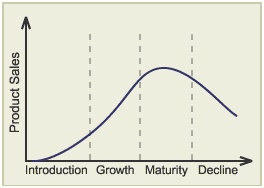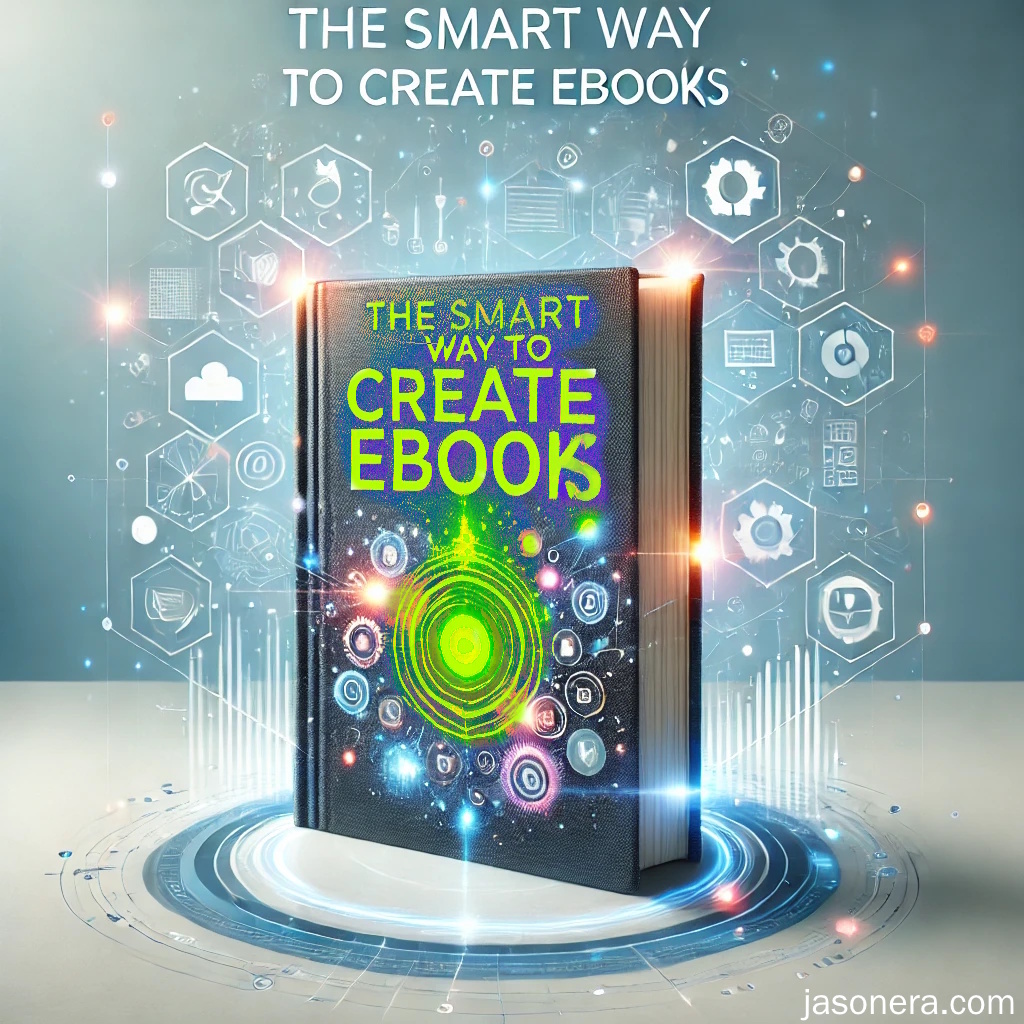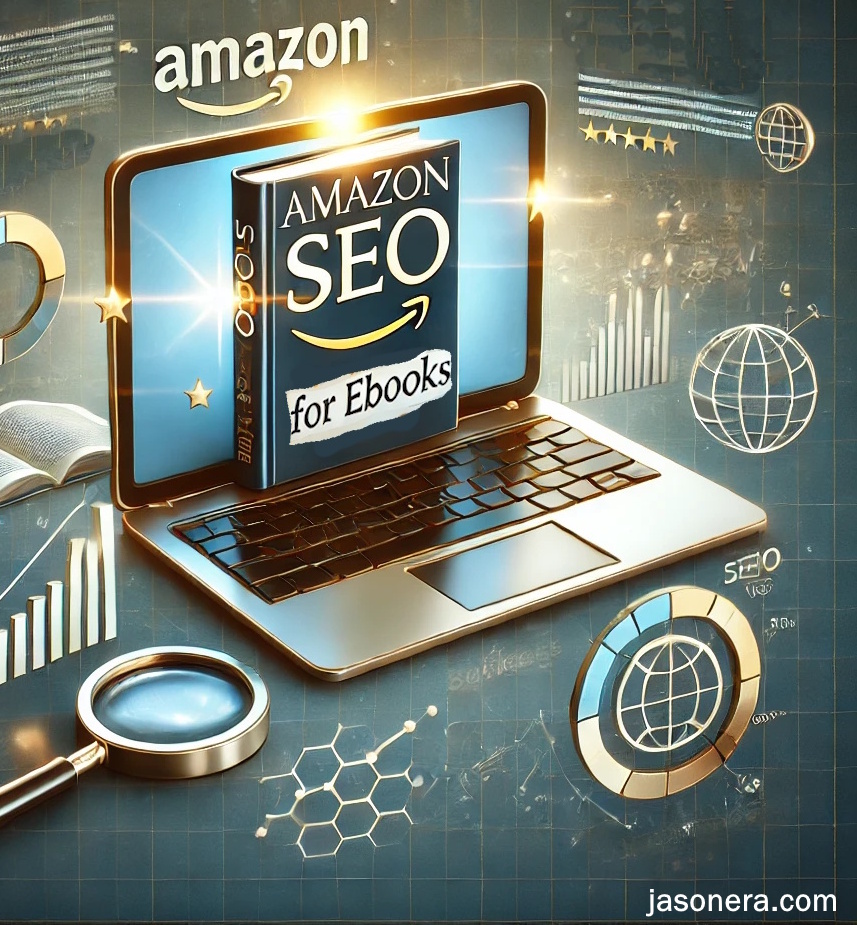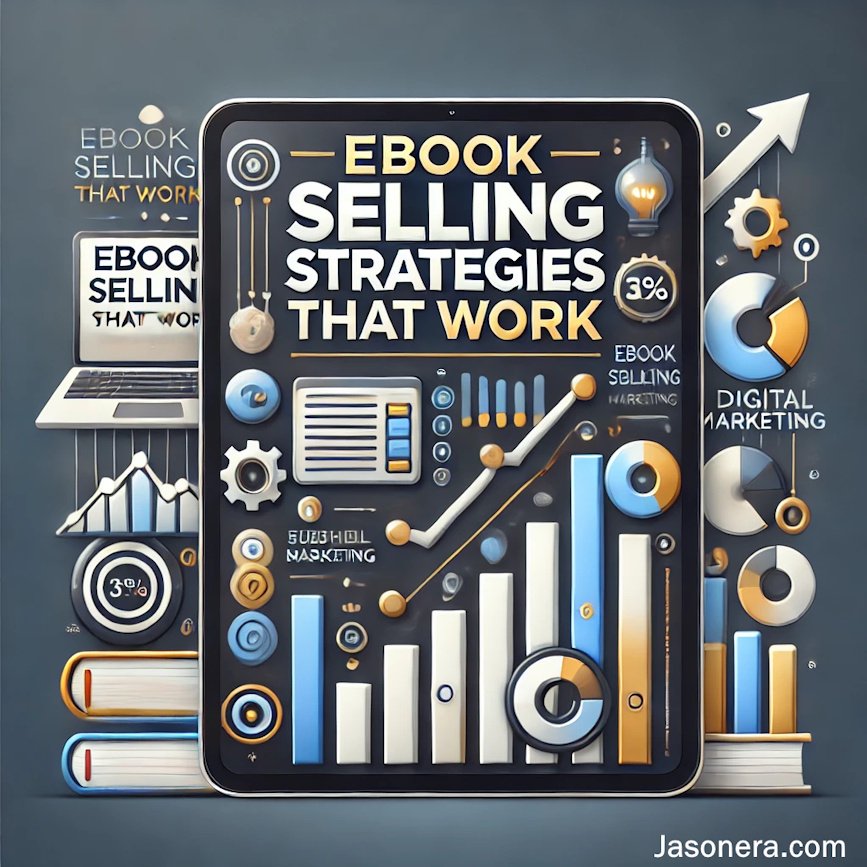A Thought About Online Selling. How To Maintain Sales.

I was looking through online selling forums and there was the usual tips and tricks:
- sell $10k/ month
- sell $5k/ month
- simple ways to sell online to get $10k/month
- email list your way to riches
You know the posts. But then it hit me.
How many people can you actually sell to? How saturated with sellers is your niche? How many people in that niche want to buy?
There is an assumption that everyone is going to come to your website. We do keyword searches and find 4000 people use a keyword in Google. "All mine!" But, more than likely you are going to have to share.
Obvious questions right?
Email list your way to online selling!

The email list is something often gets talked about, and rightly so. It is a great way to sell to people.
But the issue would be the following.
If you have 2000 subscribers and it took you a while to get to that. You are now adding 10 subscribers a day or 300/ month.
You email blast them a product at $10 all in (refunds, charges, etc taken into consideration).
Conversion, probably 20%. So 400 subscribers. Multiply by $10 and you get a $4000 email blast
Pretty awesome.
But with 300 people coming to you monthly, they see the email blast. You get $600/ month
Nice.
That is an awesome response and monthly income. You plow on and buy things with anticipation of the same result.
However, this is where my thought comes in. For this to happen you need the following:
- a constant stream of people interested in your niche from which you can tap into
Is that possible? After a year there are 3600 subscribers who picked your website and newsletter exclusively.
You need to think up new products to blast that subscriber list again.
Ebook your way to online selling

Following on in the same area. If your ebook is about quilt making patterns, which is a cool niche to be in. That ebook is the best, covers everything. You even recruit affiliates to help you sell the ebook. You make $20k with a well planned launch, a great conversion and great after sales.
But, is that maintained?
Do all the people entering online see your ebook? Do competitors come in to the market and then either copy your ebook or offer things for free?
Highly likely yes.
If you are selling online any digital product then there is a dilemma

This also happens offline as well.
Your selling is related to:
- audience buying saturation
- competition increase
- audience obtaining
- product effectiveness reduction
- product timeline
We all know about products and their timeline- when to come in to sell and to create. But as a refresher:
Timing to release a product is crucial. You may be itching to release a new MP3 player- the best in the world you believe, only then does the iPod come out and you start to realize that you missed out.
This has happened with many businesses online and off. They believe a product is right for the world because they have planned and planned some more only to be piped at the post by a superior model.
Choosing a product to sell is also delicate because we have to know the product cycle. Are we at the start or at the end? The product cycle looks a little bit like this:

There are 4 stages:
1. Introduction.
The company builds the product and markets it. It builds awareness by selecting the main adopters in that specific niche who have influence and the best chance to spread the product. Pricing may be low (to achieve mass appeal) or high (to claw back costs and to promote it as “for the best”).
2. Growth.
Increase in market share- the company sees revenue and little competition. Brand preference is sought after and a wider audience is captured
3. Maturity.
Sales start to decline. Competition starts to increase. Defending market share whilst still achieving profitability is a priority. Promotional methods are targeted to how well the product differentiates itself from others.
4. Decline.
The company can either maintain the product by adding additional features (a 2.0 version), reduce costs and become niche, or sell the product/ discontinue the product.
These are marketing facts and what all products go through and when you apply these basic facts to any product you can have a rough idea what stage that product is in. Unfortunately a lot of Internet products are in the Maturity stage. A worn/samey product is introduced battling with other similar products- prices fluctuate, bonuses and coupons are offered and you talk about the product being better/ different from product X. The Maturity stage is already a hot product- the iPhone the iPod- sure they are great to promote, but you will be wasting your time because they are already hot.
But that is not the stage that you want to be in. The best stage is obviously stage 1- you are actually the go-to person, the person who has carved out their own niche and people come to you to launch their products. However many people who are looking for products are not “go to” people because they jump from one idea to another without figuring out what niche they really want to serve. So many people pick products that are in the Maturity stage.
It is such a pain in the butt because you have to really work at the sales and work hard not getting the mountain of other affiliates to topple on top of you.
So when people say to you read magazines or look in trade publications or interact in forums they are trying to tell you to find those products that are just about to be released. Only the people interested in those magazines will know about it and then you can beat the rush- you can be in the Growth phase.
Do you think that the iPod was released and it magically jumped into everyone’s pockets? Not on your life. Over time Apple “accidentally” released information to a certain adopters who then go to a certain forum online and it is those people who know about Apple products. That is what they do, that is their thing.
Every product gets released the same way- create the buzz, get the adopters on your side and then get out of the way. If it is a perpetual system like eBay then more sellers need more buyers who need more sellers who…need more buyers. Sometimes decline comes quick sometimes it is very slow to appear…but you can see it coming with research into the field that you know.
To get onto the early stages and to beat the competition you need to research. Jeff Johnson stated that he knew what was going to come out because he checked out magazines on a certain niche and they told him what was going to come out. If he wanted to know about TVs he would go to an industry magazine about TV technology. Those journals and magazines specifically tell you the new advances that will appear.
My brother is into tech and told me about Google ages ago, well before it came onto the scene- I was using AltaVista then. He checks daily blogs and Twitter to players in the computer industry.
When you start to do that, you realize how slow many products actually are and you are getting in at the wrong stage. Especially if you want big ticket, or named brands/ authors.
Some computer magazines actually go through company minutes to determine what new products could be released. Killzone 3 on the PS3 was known for a long time because the publishers stated in their annual reports “another game to follow on from the Killzone 2 saga”…so that would be Killzone 3 then.
There is one guy online who is really into Social Marketing. Daily…yes read this carefully…daily he receives 40 brand new products that have not been released, just because he is a main player in that industry. Do you know what? He is minted.
Another part to this?
But I think there should also be a "small print" to the above graph.
How quick something goes from left to right is dependent upon the product.
- Google Search in 2024 is still being used and is quite dominant
- You eating a burger only lasts for a few minutes then you go to the store or a fast food place.
Two different products two very quick consuming times.
Coke and McDonalds for example, have been trying their best to market thorough the years and try and associate their product with something. So Coke would be fun and refreshment. The packaging, the name, the jingles etc. Those marketing techniques are present because Coke and McDonalds know that their products are quick to consume. When you want to be refreshed or quick food on the go you need to choose their product.
Have you noticed with Amazon they advertise? A huge company that makes tons of cash and they still advertise. If they advertise they know that their "product cycle" is quick. You buy something through Amazon online but you could very easily buy a product elsewhere online right? Their "product" is their service or storefront. If you go online, Amazon really wants you to buy through them.
But how many people who use Coke, McDonalds and Amazon still use them? Their cache of consumers who would use them might be the core group. And how many more customers are they getting to either replace/ maintain that cache amount?
Companies see this pattern all the time- depending on industry

Then we have companies that try to keep up with this product cycle. Some which are "immune" to the cycle and some that have a core but might be failing to add more.
- Disney. Now Disney has entertained kids (mainly) for years on end. Those kids grew up and are still fans of Disney. But the fans of those cartoons, those movies, the Star Wars original movies have a certain amount of people attached to them. Again, Few people are going to go into the older stuff. So we get the old cartoons, remake of the cartoon, live version of the cartoons. Disney then try to get newer cartoons to try and keep the cartoons going to bring in new younger audiences. Why? How many kids in 2024 probably saw Robin Hood (the fox one?). I would think not too many. How many saw Frozen? Lots. You also get merch and a lot of side income. But unless the kids see these movies then they won't be brought up with Disney. So you get Disney Plus, TV shows and adult shows. The adult Disney shows then bring kids into the Disney sphere because adults will get their kids to watch shows when they were young- Star Wars? George Lucas possibly realised this when he brought out the prequels. These were very kid friendly. So now we have a stream of younger fans coming into Disney. To appease the adults (and probable some of the kids) you get the Clone Wars animations- which were really good (showcasing an amazing Ashoka)
- Home Hardware or Home Depot. These businesses seem to be slightly immune because their products are ever turning over, they are technically a go to between product and customer. New product, new shelf space. Old product goes away. But, again, the people who use these places are probably going to be the people who use them- their saturation might have got to a point where new customers might be a trickle. But obviously they aren't immune totally to products. What if the product creator sells through their own website or online companies. What if the price of in-store products becomes too much? So what these companies do is create their own products to insulate themselves from irregular unknown competition factors. But, that product has got to be cheaper/ better or something to make the difference.
Is there a way to counter the product dilemma?

Sure, you can survive on your core audience members- 1000 fans is something that is often used.
But, it too has its flaws. As time progresses people change. The company changes, people become more wise. And the main point...the metric of 1000 true fans is not right. You don't need 1000 true fans, you need 1000 people who will buy. But they will only buy if their perception of you/ themselves/ what you offer/ how can it help themselves all align. We have all seen Youtube channels with 4 million sub but only 300k or so views. The conversion is main idea.
Anyway.
Online the only way to counter the product cycle and the customer saturation point is to:
- Find more products. Related products are really helpful. But you either need to reinvent, redo, update (but a worthy update) to get the same people to buy. The FourHourWorkWeek is a great example. We bought the updated version and now...we haven't bought anything else- apart from Tools of Titans (we didn't buy the whatever hour Chef). We went onto Tim's blog regularly and then...we stopped. The information that was coming out was similar but not really progressing. It was mainly focused upon peoples case studies but not too much from Tim. There seemed to be nutrition and various medical related stuff and that was not the core of what I wanted. There was a cool idea where Tim was discussing products through an online TV format...then it seemed to have stopped. Now we have moved on.
- Pros send similar products to the same audience. But they always have traffic converting into their funnel to keep that subscriber list topped up and fresh. That is roughly how subscribers work. They buy 1 product, they will buy another product if similar. But that product has to help them or else you will get Jasonera law kicking in.
- What products are going to bring in new customers (away from your saturated core) but are still going to help the core audience? This is very difficult because your core is/ has generated you money but you need more people in your pool of core fans. DC did a great job at this with their animation wing and their movie wing. For some reason the animation wing wipes out the movie wing in terms of story and what can be done. We will watch most of the animation but become skeptical with the movies. However DC still has us as an audience. Marvel for us flips that. Their movies are great for the core. The TV shows- maybe not so much. But are the TV shows for the core? Maybe not. It is to drive more audience towards the Marvel movies and merch. Same with the huge amount of teen aimed animation that is thrown out there.
- Are you promoting towards which audience? I noticed that Disney promoted some of their products on DisneyPlus. They also promote where their targeted audience is. If your newsletter generation is bringing in your main core...are you sure that your core doesn't like anything else? How do you know that they don't watch Youtube and would like video better? How about if you have a Youtube channel but people would actually like a website- so they can look at it at work/ travelling?
- Can you be first in your industry? If you are first then you are to go-to person. If you are the go-to person then audience will gravitate towards you. So all you need is to be up-to-date. Then you get the core being refreshed with knowledge on stuff that they like. You also get new people coming into the field because they like the new stuff that is there and want that new knowledge. So Mercedes caters to both. They have a website that can create parts for older cars. They take the trouble to maintain their core group. But they also create different versions of their cars- AMG/ Black/ Track. They also hark back to older models with some of the newer designs.
- You may need to work with other companies who have your audience. This might be the issue with Dude Perfect in that their core audience are now naturally growing out of their videos. They need new traffic. So that collab is going to be key.
- New business. Now this is where it can get tricky because you have to be careful not to split your audience and make sure that all audiences are consistently fed. So if you want to go into nutrition rather than productivity then how about setting up 2 websites and 2 different companies?
So remember with online selling
So when you travel around gathering info for your online selling you may see the following:
- Go niche or go evergreen!
- Make sure you get 1000 fans
- get that newsletter up and going and sell your product to them
But we now know that 1 product is not going to cut it. Also, a lot of your audience is not going to stay full time with you. They need to be refreshed and topped up. They need to be catered to with products that they require. But the new people coming in to see you might want a different type of product.
Forget about 1000 fans. Make sure you have the conversions instead. 1000 fans is nice to have if 100% of them buy.
Finally, is your collection of fans ideal or effective enough to capture all the people that you require?
Check out more online selling info here. Jasonera updates can be found here.
About. Updates. Disclaimer. Privacy. Mission/ Vision. FAQ. Newsletter.
Copyright © 2024- Jasonera.com All rights reserved








